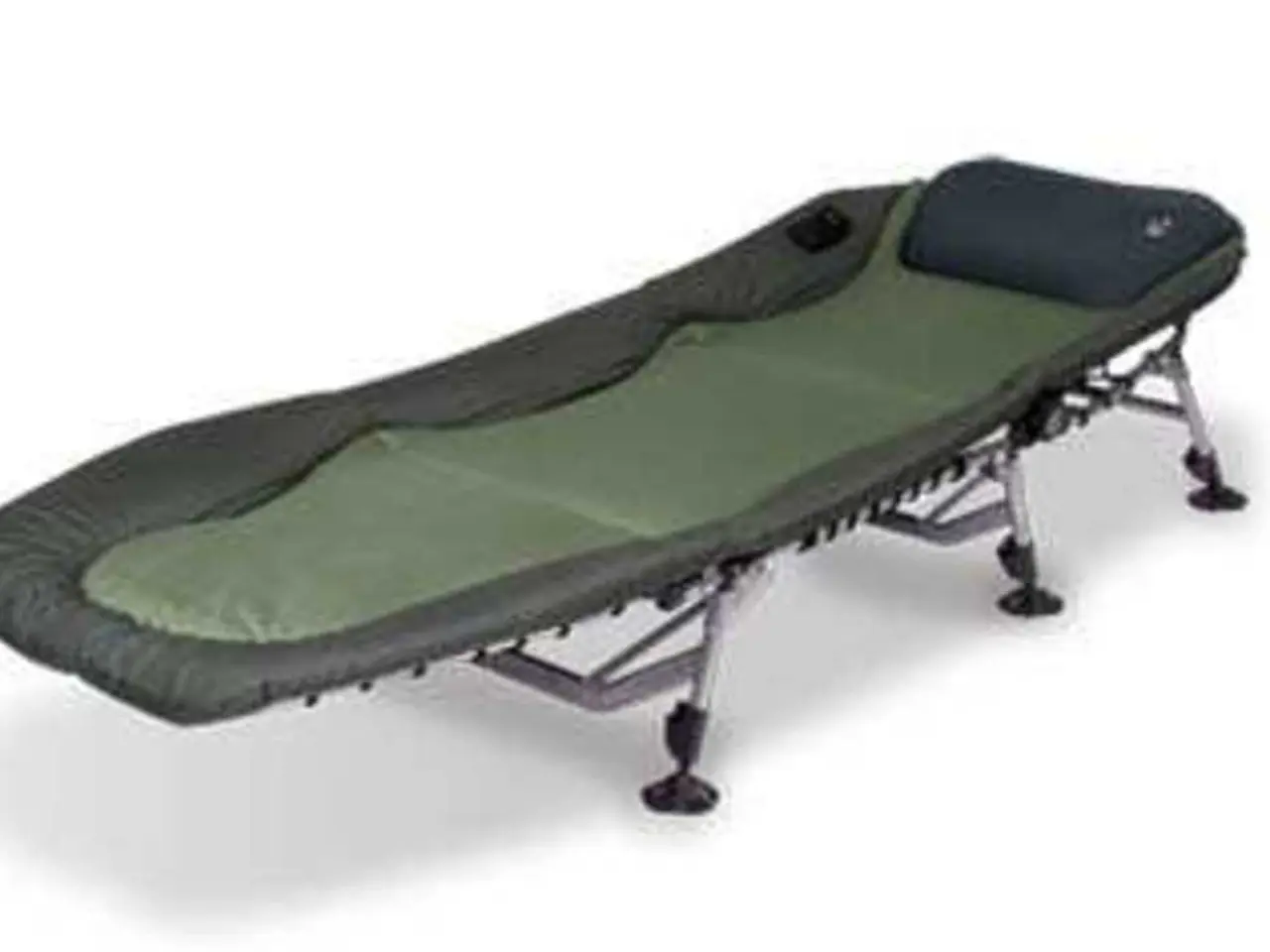Running enthusiast prefers the pyramid stretch for relieving tight hamstrings in their legs
The Pyramid Pose, also known as Parsvottanasana, is a valuable addition to any runner's recovery routine. This pose, demonstrated in detail by Yoga With Adriene, takes just 20 minutes to complete and offers numerous benefits for runners logging high mileage.
To perform the Pyramid Pose, stand with one foot back around three to four feet, at a 30-45° angle, with heels lined up. Bend forward from the hips, keeping the back straight, with both legs extended and the weight in the back heel. Runners will appreciate this pose as it deeply stretches tight hamstrings, calves, and hips, areas commonly sore or stiff after running long distances[1][2][5].
The forward fold helps release tightness along the back of the legs, facilitating recovery and maintaining flexibility. Additionally, the pose improves posture, spinal alignment, and balance while gently strengthening the legs, core, and stabilizing muscles along the spine, which are important for efficient running form and injury prevention[1][2][3].
Holding the pose also promotes concentration and mental calmness, useful for recovery and mindfulness after intense runs[4]. For best results, practice Pyramid Pose regularly, especially post-run or on recovery days, holding the stretch for 30 seconds to 1 minute on each side while focusing on steady breathing[1][3].
If the Pyramid Pose proves too challenging, an alternative stretch involves dropping the back knee to the floor and focusing on stretching the front leg. This modification helps loosen the hamstrings and alleviate tightness[6].
A runner-focused yoga session, such as the one from YogaEasy, includes the Pyramid Pose and other stretches to aid leg, chest, and back flexibility. Incorporating Pyramid Pose after runs or hard workouts helps runners by:
- Loosening tight hamstrings and hips to enhance range of motion and reduce muscle stiffness[1][5].
- Strengthening leg muscles and core stability to support running mechanics[3].
- Improving balance and posture, which can reduce compensatory injuries[1][2].
- Providing a mindful moment to calm the nervous system and aid recovery[4].
Yoga is a vital aspect of recovery during marathon training, alongside eating well and getting adequate sleep. It's important to remember that regular practice and consistency are key to reaping the benefits of the Pyramid Pose and other yoga poses for runners.
[1] Runner's World. (2021). The Best Yoga Poses for Runners. Retrieved from https://www.runnersworld.com/yoga/a33057044/yoga-poses-for-runners/
[2] Active.com. (2021). Yoga for Runners: 5 Poses to Improve Your Performance. Retrieved from https://www.active.com/yoga/articles/yoga-for-runners-5-poses-to-improve-your-performance
[3] Verywell Fit. (2021). Yoga for Runners: 10 Poses to Boost Your Performance. Retrieved from https://www.verywellfit.com/yoga-poses-for-runners-4061702
[4] MindBodyGreen. (2021). 5 Yoga Poses for Runners to Improve Flexibility and Prevent Injury. Retrieved from https://www.mindbodygreen.com/articles/yoga-poses-for-runners
[5] Healthline. (2021). Yoga for Runners: How to Incorporate Yoga into Your Running Routine. Retrieved from https://www.healthline.com/health/fitness-exercise/yoga-for-runners
[6] Yoga Journal. (2021). 10 Yoga Poses for Runners. Retrieved from https://www.yogajournal.com/practice/10-yoga-poses-for-runners/
This article was originally published on Tom's Guide, providing up-to-date news, how-tos, and reviews.
The Pyramid Pose, with its deep stretch of hamstrings, calves, and hips, is an effective method for runners to mitigate muscle stiffness and enhance flexibility following high-mileage runs. Through its improvement of posture, spinal alignment, and balance, and gentle strengthening of the legs, core, and stabilizing muscles along the spine, this pose provides a significant boost to running mechanics and injury prevention.




